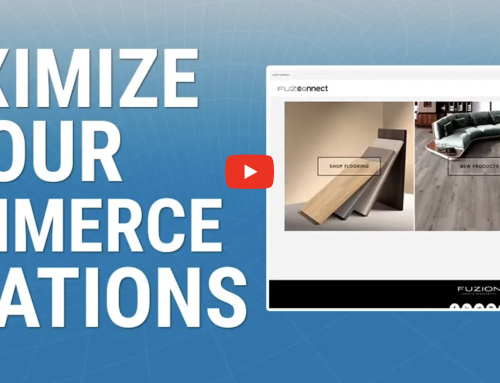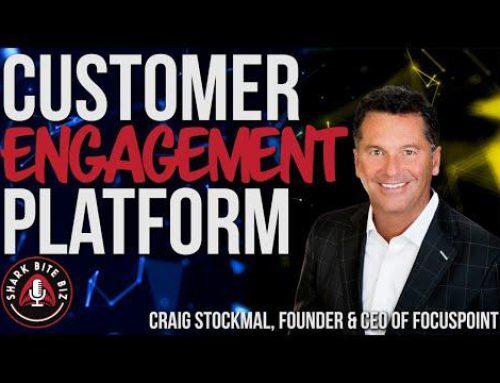Digital transformation has been part of business strategy conversations for many years now. It requires time, effort, and support to implement across an organization, but in today’s digital world, it is imperative to success. For many B2B companies, digital transformation is a disruption that must be adapted to survive and thrive.
Knowing your buyer is the first step in designing your B2B customer experience. Buyers are looking for a seamless digital experience to mirror any past human experience they’ve had, such as the ability to analyze product specifications, make visibility to order history and re-ordering easy to navigate, or the ability to review quotes. When creating a B2B ecommerce site, companies need to consider building out B2C experiences like personalization and faceted search capabilities to make it easy for their customers to find and compare products.
A great way for B2B companies to help break down silos for their customers is to design a platform to support them that can enable an integrated view of the products, inventory, and ability to make purchases when ready. SAP Product Specialist and article author Shayonie Mila Kundu advises that “Achieving this is simplified with a best of breed native product information management system as part of a unified commerce stack, which enables a consistent view of products across all touchpoints and channels.”
While maintaining a favorable buying experience for your existing customers, B2B organizations have realized that the means to achieve a great experience begins when a target is not even a customer yet, but a prospect.
As noted within an article published by SAP Customer Experience, “There is a new dawn in B2B marketing. Customers are demanding B2C experiences, and a consumerism mindset is the minimum requirement to compete.”
According to Paroma Sen, Global Director, Industry Marketing at SAP, “Over 90% of B2B buyers research online before reaching out to a human to close the purchase decision.” Furthermore, it may take several executives within a leadership team to approve purchases in a B2B transaction. Marketing teams need to make content and product information accessible and easy to find online. If selling online, businesses now have access to real-time metrics (such as data on active monthly users) and can track performance faster than waiting revenues and sales data to be compiled.
As digital opportunities change the B2B buying landscape, it’s important for businesses to remember to keep customer experience initiatives in mind when building their ecommerce solution. Ease of pricing comparison, access to real-time inventory, and the ability to view past orders and easily re-order products can all support a positive customer experience. While different types of companies may enact different types of strategies to reach KPIs and business objectives, a common factor remains: providing an exceptional experience for every single customer because they are always at the core of your business.
For the complete article, visit The Future of Customer Engagement and Experience by SAP.
Brought to you by the B2B and B2C e-commerce implementation team at FocusPoint: an all-in-one solution for SAP Business One customers.







